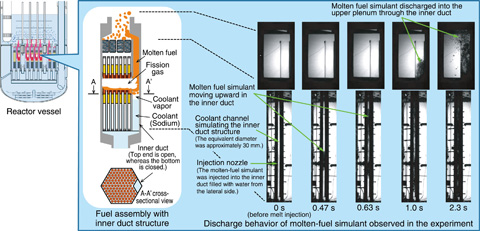
Fig.2-3 Fundamental experiment on upward fuel discharge in a fuel assembly with inner duct structure
In order to ensure the safety of FBRs, it is important to prevent the occurrence of core disruptive accidents (CDAs) and, in case one does occur, to mitigate its consequences and thus contain the impact within the reactor vessel.
In CDAs, there is the possibility that the compacting movement of a large-scale molten-fuel pool within the core may induce severe power excursions and degrade the integrity of the reactor vessel. The reactor vessel of existing FBRs has been designed to withstand such power excursions. However, for next-generation FBRs, in order to ensure the containment of CDAs in the reactor vessel, we are aiming to eliminate the potential for such power excursions by preventing the formation of a large-scale molten-fuel pool. A design measure for achieving this target is the introduction of a fuel assembly with inner duct structure (FAIDUS) that facilitates molten-fuel discharge from the core region.
In the present study, in order to clarify the fuel discharge behavior in the FAIDUS, we conducted a fundamental experiment with a high-density melt and water as simulants for the molten fuel and coolant, respectively. In the current reference design for the FAIDUS, the top end of the inner duct is open, while the bottom end is closed. Therefore it is expected that the molten fuel will be driven by the pressure in the reactor core region, which increases with fission gas release upon fuel melting, and thus discharged toward the upper plenum. In the experiment, we employed an apparatus whose configuration and size was similar to that of the inner duct structure. Fig.2-3 shows that the molten-fuel simulant was driven upward along the duct and discharged into the upper plenum. The experimental data suggest the following: (1) the liquid coolant, which may have provided resistance against the upward discharge, was excluded from the duct due to the coolant vaporization during the early phase of the discharge, and (2) the coolant vapor flow drove the upward discharge of the molten-fuel simulant against gravity.
Based on the results of this fundamental experiment, it was found that both the coolant vapor and fission gas can behave as driving forces for fuel discharge from the core region in the inner duct structure. Thus, the experimental result confirmed that the FAIDUS is an effective measure for ensuring the containment of CDAs in the reactor vessel.